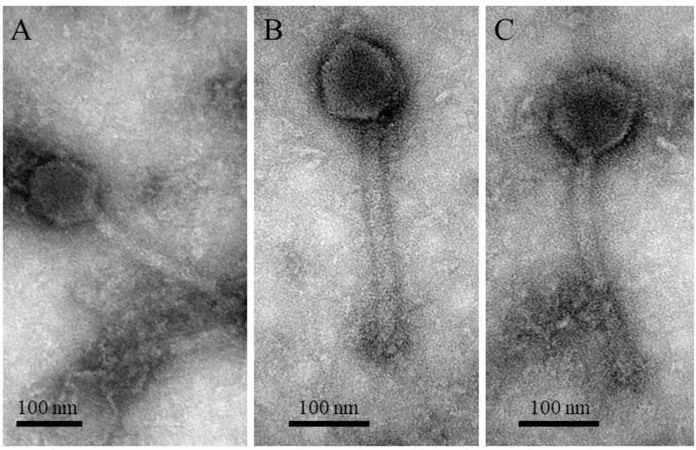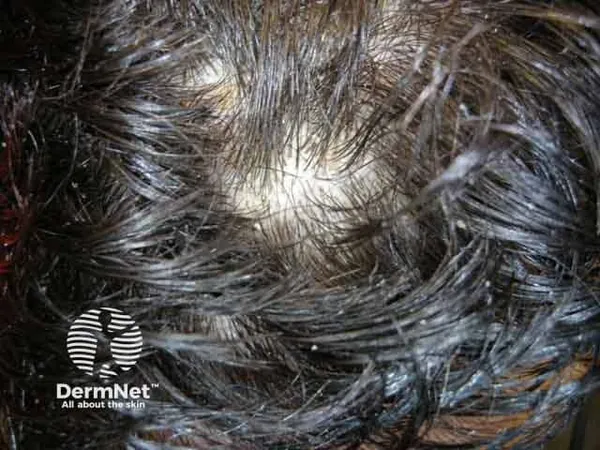
Groundbreaking Discovery of Three Novel Lytic Bacteriophages: A New Hope Against Staphylococcus saprophyticus, the Hidden UTI Culprit!
2025-03-27
Author: Nur
In recent research, scientists have isolated and characterized three new lytic bacteriophages from the Herelleviridae family that specifically target Staphylococcus saprophyticus, a notorious organism responsible for 15-20% of community-acquired urinary tract infections (UTIs). This bacterium poses a significant threat, especially to sexually active young women aged 16 to 25, accounting for approximately 40% of UTIs in this demographic. Despite effective treatments, a staggering 60% of patients may experience recurrent infections within a year, making this study pivotal in the ongoing battle against antibiotic resistance.
The Challenge of Antibiotic Resistance
The rampant misuse and overuse of antibiotics have led to a troubling rise in antibiotic-resistant strains of bacteria. With S. saprophyticus among these multidrug-resistant pathogens, finding alternative treatment methods becomes essential. Traditional antibiotic therapies are not always effective, leading researchers to consider bacteriophages as a promising adjunct to standard treatment protocols. Phages, or viruses that specifically infect bacteria, can provide a targeted approach to eliminate pathogens without compromising human cells.
The Role of Phage Therapy
Phage therapy has gained traction over the years, with the FDA approving several phage-based products used in both food production and medical treatments. Recent clinical trials have showcased the efficacy of phage cocktails in managing resistant bacterial infections, including a trial involving chronic S. aureus infections where no severe adverse effects were reported.
In-Depth Phage Analysis
Despite the potential of phages, there remains a significant gap in the knowledge regarding their biological and genomic characteristics, particularly in relation to CoNS like S. saprophyticus. The current study marks a major step forward in this field by isolating and characterizing these newly identified phages through advanced next-generation sequencing (NGS) technologies.
The research identified three lytic phages: vB_SsapH-Golestan-100, vB_SsapH-Golestan101-M, and vB_SsapH-Golestan-105-M, all derived from municipal wastewater samples. The choice of wastewater for phage isolation is strategic; municipal sources often present a rich environment for diverse bacteriophages because of minimal chemical disinfection compared to hospital sewage.
Key Findings
Through extensive laboratory assays, it was discovered that: - Phages vB_SsapH-Golestan101-M and vB_SsapH-Golestan-105-M effectively inhibited almost 50% of the clinical S. saprophyticus isolates tested. - Structural analysis via Transmission Electron Microscopy (TEM) revealed distinct head and tail dimensions for each phage, indicating their morphological classification as members of the Herelleviridae family. - Genomic analysis showed these phages have varying lengths and GC content, with some demonstrating notable genetic divergence from previously characterized phages, thus indicating their potential as distinct new strains.
Implications For The Future
The advancements in phage research and their potential applications could revolutionize UTI treatments, particularly as alternative therapies to combat resistant bacterial strains. These newly characterized phages open the door for possible therapeutic cocktails that might enhance treatment efficacy and reduce recurrence rates in UTI patients.
This study serves as a critical reminder of the need for continuous exploration of natural solutions in the face of rising antibiotic resistance and highlights the promising future of phage therapy as a complementary strategy in modern medicine.
In summary, the isolation of these three novel lytic phages represents a leap forward in the fight against uropathogenic S. saprophyticus. If proven effective in clinical settings, this could change how we combat one of the most prevalent causes of urinary tract infections in the female population today. Stay tuned for more breakthroughs in the fascinating world of bacteriophages!



 Brasil (PT)
Brasil (PT)
 Canada (EN)
Canada (EN)
 Chile (ES)
Chile (ES)
 Česko (CS)
Česko (CS)
 대한민국 (KO)
대한민국 (KO)
 España (ES)
España (ES)
 France (FR)
France (FR)
 Hong Kong (EN)
Hong Kong (EN)
 Italia (IT)
Italia (IT)
 日本 (JA)
日本 (JA)
 Magyarország (HU)
Magyarország (HU)
 Norge (NO)
Norge (NO)
 Polska (PL)
Polska (PL)
 Schweiz (DE)
Schweiz (DE)
 Singapore (EN)
Singapore (EN)
 Sverige (SV)
Sverige (SV)
 Suomi (FI)
Suomi (FI)
 Türkiye (TR)
Türkiye (TR)
 الإمارات العربية المتحدة (AR)
الإمارات العربية المتحدة (AR)